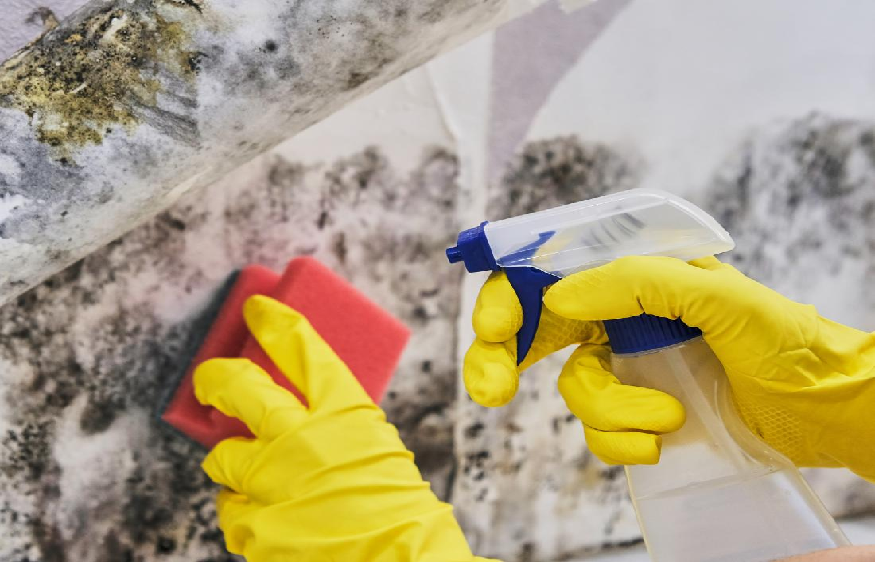The best way to prevent and combat mold in your home during the winter

As part of our commitment to you, your health, and your home, Allianz offers several tips to keep mold from appearing in your home or explain how to get rid of it if you currently have this problem.
It is primarily humidity that causes mold to appear, a fungus that lives on the walls and grows in neglected food at the bottom of your pantry. Mold is part of the fungus family, as are mushrooms and yeasts, and while there are thousands of different kinds, the ones that have the most impact on us are cladosporium, penicillium, alternaria, and aspergillus. These fungi are often caused by dampness (often in the ceiling and walls). Review what modalities are available to help you address this issue with our home insurance comparator.
Due to these reasons, it is imperative that we take good care of our walls during the winter because this is the coldest and most humid period of the year. Therefore, what is the best way to prevent our house from becoming ill, and what are the best ways to ‘heal’ it once it has already been afflicted?
We have the remedies to overcome this problem of Mold through mold remediation services.
Keeping mold at bay in the winter
Do not place a storage room or toilet in an area with little or no ventilation or high levels of humidity, such as a basement that is used as a storage area or a toilet that is not properly ventilated. When not properly cared for, non-drying clothes and materials such as leather and wood can be susceptible to mold.
Mold can also be prevented by keeping your house ventilated properly, using anti-mold paints on our walls, regularly cleaning the most humid parts of the house, and keeping both clothing and shoes dry.
Eliminate it
A number of products available on the market function as fungicides, but they contain toxic elements that are harmful to health. We could also use bleach, hydrogen peroxide, or sodium percarbonate to clean and disinfect the affected areas, or we could use ecological fungicides, which are just as effective and less harmful.
You should apply all the recommended products while wearing plastic gloves and masks equipped with filters that protect the air you breathe. As we have already said, mold spores travel through the air and are most often found in the respiratory system.
If the walls are smooth, a damp cloth should be sufficient to remove the stains, but if they are rough (such as the texture of unsanded plaster), you should scrape and replaster to eradicate the fungus completely. If the surface is wood, a vinegar-soaked rag or sponge will do the trick. To get rid of mold from your clothes, add a tablespoon of sodium percarbonate with a little soap and fabric softener. Taking the necessary precautions after cleaning is important for preventing mold from returning and keeping your house clean with the instructions of mold remediation and disinfected afterward.
With the support of the best home insurance, you can have peace of mind.






